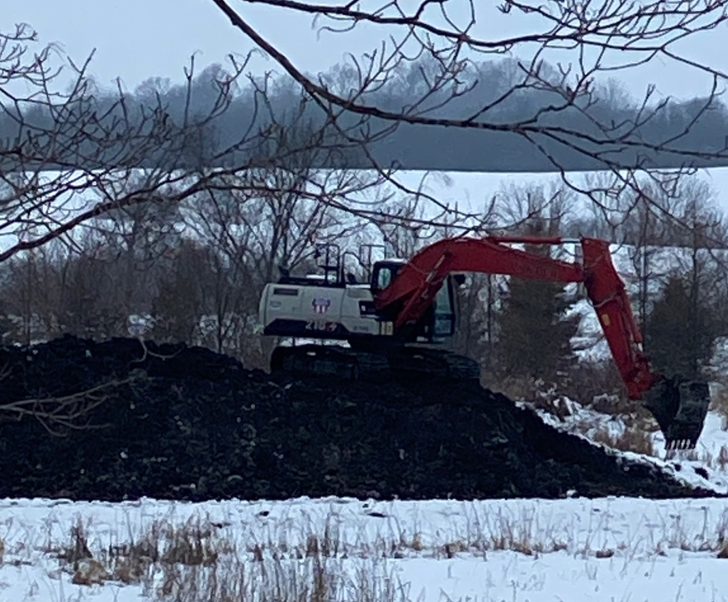By Peter Ziegler, WWA Project Director
Although the ground still has very little frost we were able to get one of our “winter” projects completed.
A bit different from some of our normal projects, the landowner of this site has the capabilities, and intent, to highly manage moist soil management. Moist soil management is routine maintenance/management, targeting high quality wetland vegetation for high seed output geared toward migratory birds. In its most basic form it is the de-watering of wetlands to allow vegetation to germinate, and then flooding it in the same growing season when seeds have matured to provide access to water birds. These can be highly productive areas because the food source draws in the birds.
When native vegetation does not exist, other commercial products can be seeded on sites like this. One example of suck a seed is millet. Millet is a common plant many waterfowlers have heard of, but did you know that it has one the highest carbohydrate components? Hence millet’s designation as one of the best migratory stopover foods due to energy demands required during that period.
We have talked about the importance of draw-downs before, and moist soil management is along those lines, I just consider it more intense management of a site. The restoration work WWA does is vitally important to our landscape and environment, but so is the management of our existing projects and natural wetlands. If we can manage our wetlands for quality, they will ultimately provide even better results. I’m not just saying more ducks, it is everything a wetland provides.

